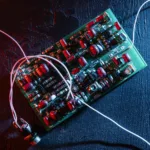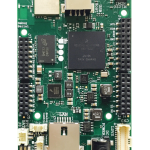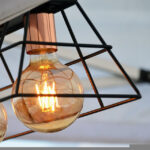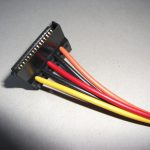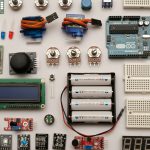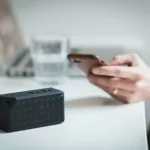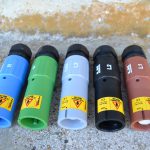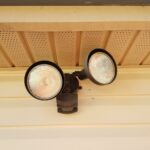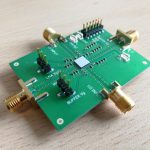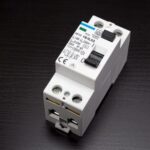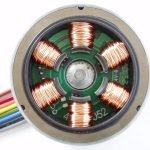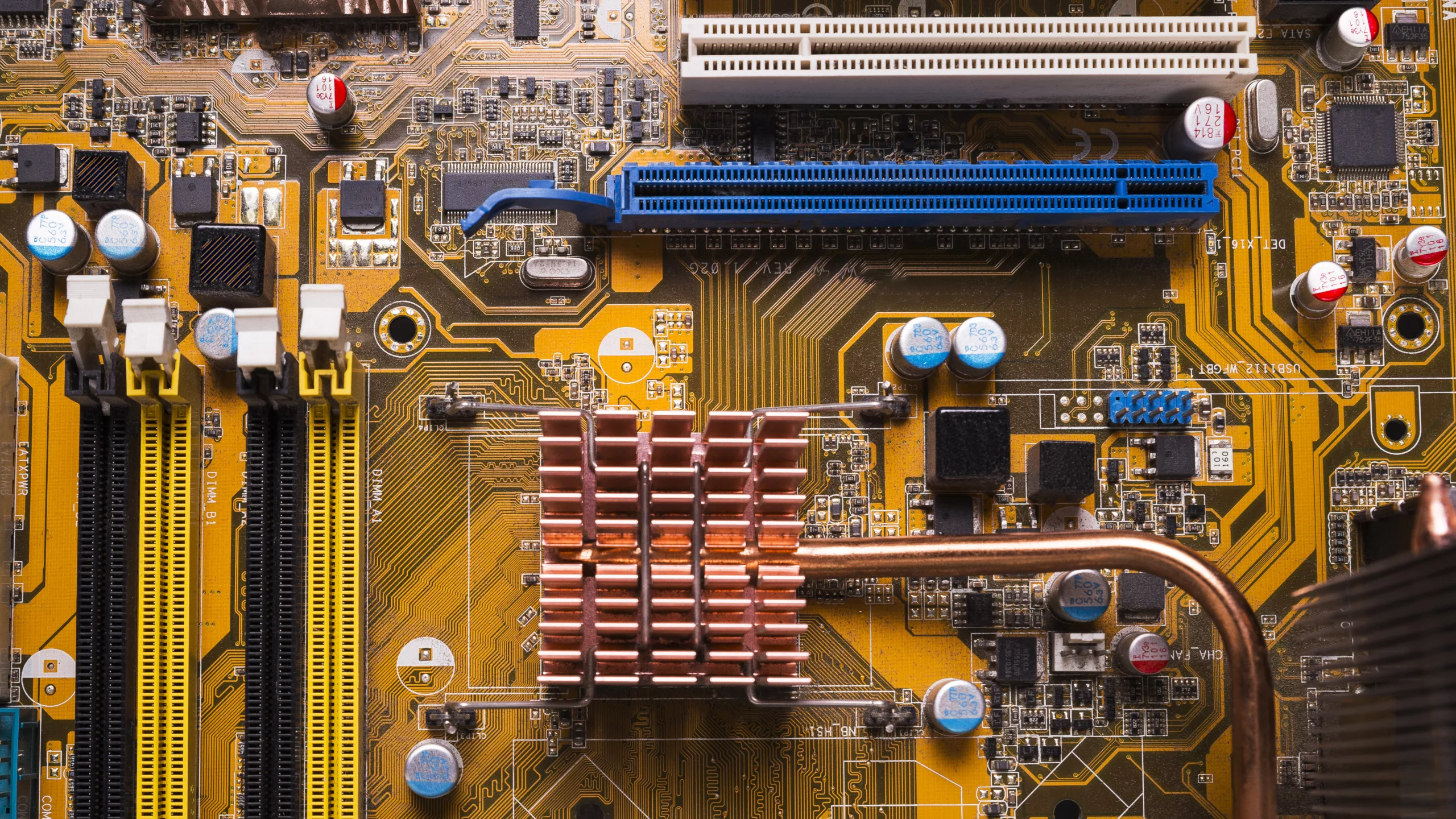
Introduction
In electronics, Printed Circuit Boards (PCBs) are the backbone of virtually every electronic device–housing a network of components and connections for seamless functionality of multiple gadgets. PCB connectors are significant components in PCB design, establishing reliable electrical connections between various components, modules, and external devices. This comprehensive guide explains PCB connectors in detail, covering their types, key considerations, and applications.
Understanding PCB Connectors: A Short Introduction with Significance
PCB connectors are electromechanical components designed to establish an electrical connection between two or more parts of a circuit on a printed circuit board. These critical components provide a means to connect and disconnect components easily – essential for the assembly, maintenance, and repair of electronic devices. PCB connectors are of great significance and offer several crucial functions, such as establishing electrical connections, allowing modularity, facilitating maintenance and repair, and simplifying the assembly processes.
Exploring the Most Popular Types of PCB Connectors
PCB connectors come in multiple types, each designed for specific applications and requirements. Some common PCB connector types include:
Header and Socket Connectors
Pin headers and sockets are among the most commonly used PCB connectors. Additionally, they consist of a row of pins on one side (usually male) and a corresponding row of receptacles (typically female) on the other side. These connectors are used for connecting two PCBs or a PCB to an external device.
Wire-to-Board Connectors
Wire-to-board connectors are used to connect wires or cables to a PCB. They are commonly found in applications such as power supply connections, data transmission, and sensor interfaces. These connectors come in various configurations, including crimp connectors and terminal blocks, each designed for specific purposes.
Board-to-Board Connectors
Board-to-board connectors, as the name suggests, connect two separate PCBs together. Additionally, they are used in situations where a modular approach to PCB design is necessary, allowing for easy assembly and disassembly. Board-to-board connectors come in different styles, including stacking connectors, mezzanine connectors, and card edge connectors.
RF and Coaxial Connectors
RF (Radio Frequency) and coaxial connectors are specialised connectors designed for high-frequency applications, such as wireless communication devices. They ensure minimal signal loss and impedance matching, making them crucial for maintaining signal integrity in RF circuits. Common types of RF connectors include SMA, BNC, and UHF connectors.
Circular Connectors
Circular connectors are known for their robustness and resistance to environmental factors like dust and moisture. They are often used in industrial and military applications where reliability and durability are paramount.
D-Sub Connectors
D-sub connectors, also called D-subminiature connectors, are characterised by their D-shaped metal shell and multiple pins. They are commonly used for serial and parallel communication interfaces, such as RS-232 and VGA connections. D-Sub connectors are available in various pin counts and gender configurations.
USB and HDMI Connectors
USB and HDMI connectors are widely used for data and multimedia connections, such as those found in computers, TVs, and other multimedia devices.
Selecting the Right PCB Connectors: Key Parameters to Consider
When choosing PCB connectors for electronic applications, several crucial factors must be considered to ensure a reliable and efficient connection:
- Connector Type and Compatibility: Select a connector type that matches your specific application requirements. Ensure the connector is compatible with the devices or modules you intend to connect.
- Pitch and Pin Count: The pitch size and pin count of the connector determine how densely you can pack components on your PCB. Consider the space available on your board and the required number of connections when choosing a connector.
- Signal Integrity: For high-frequency applications or those requiring precise signal transmission, choose connectors that offer good signal integrity and impedance matching.
- Environmental Conditions: Consider the environmental conditions your PCB will be exposed to. However, if it’s an outdoor or industrial application, opt for connectors with high durability and resistance to moisture, dust, and temperature extremes.
- Mounting Style: Connectors can be surface-mounted (SMT) or through-hole (TH), depending on how they are attached to the board. Choose a mounting style that suits your PCB design.
- Mating Cycles: Consider the number of mating cycles your connector will undergo. Some connectors are rated for thousands of cycles, while others are intended for single-use applications.
- Current and Voltage Ratings: Ensure the connector can handle the current and voltage levels required by your application. Moreover, exceeding these ratings can lead to electrical failures or even safety hazards.
- Cost and Availability: Factor in the cost of the connectors and their availability in the market. While it’s essential to meet your technical requirements, cost-effectiveness is also a crucial consideration in product development.
Uncovering the Broad Range Applications of PCB Connectors
PCB connectors find applications across a myriad of industries and electronic devices. Some typical applications include:
- Consumer Electronics: PCB connectors are extensively used in consumer electronics, including smartphones, tablets, laptops, and gaming consoles. They enable the connection of various internal components such as cameras, displays, and batteries.
- Industrial Automation: In industrial automation, these are used to connect sensors, actuators, and control modules – ensuring the seamless operation of machinery and equipment.
- Medical Devices: Medical devices rely on PCB connectors for connecting sensors, electrodes, and data transmission interfaces. Moreover, these connectors must meet stringent reliability and safety standards.
- Aerospace and Defense: In aerospace and defense applications, PCB connectors are essential for connecting avionics systems, communication equipment, and radar systems. Moreover, they must withstand harsh environmental conditions.
- Automotive Electronics: These are integral to automotive electronics, connecting various sensors, control units, and displays.
- Telecommunications: Telecommunications equipment, including routers, switches, and base stations, use PCB connectors for data and power connections – maintaining network reliability.
Concluding Remarks
In conclusion, PCB connectors are indispensable for the flawless functionality of multiple circuit elements, ensuring reliable and efficient connectivity. Selecting the correct connector type and considering several crucial factors ensure the success of numerous electronic projects and designing a reliable PCB. However, understanding PCB connectors and their broad range of applications is essential for successful electronic design and manufacturing. Last but not least, PCB connectors help engineers and designers make informed decisions to create robust and efficient electronic systems.






